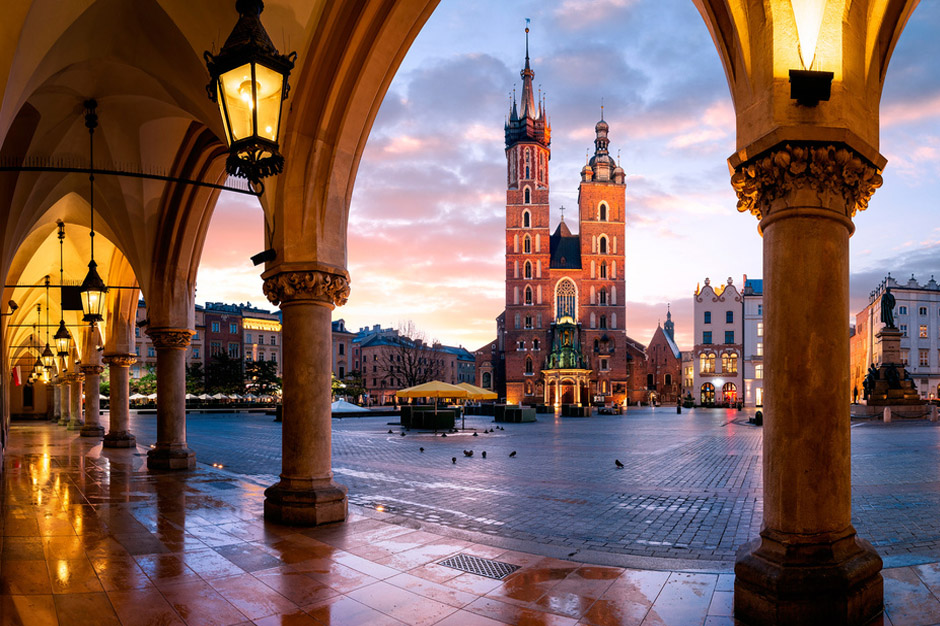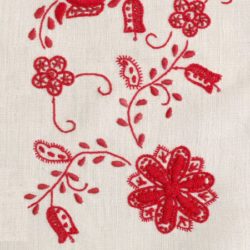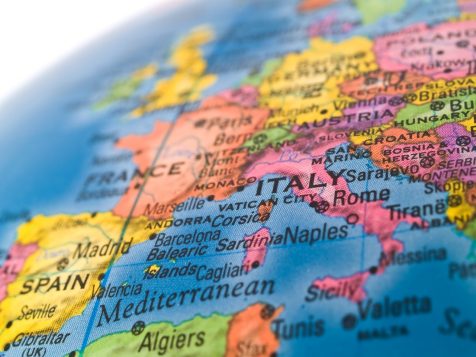
The next World Congress of the Organization of World Heritage Cities (OWHC) will take place from 2...
Read newsThe crafts in Guimarães currently materialize the memory of certain activities that were once part of the local industrial scene.
From the economic and industrial history of Guimarães, the artisan techniques applied in the production of embroidery, in weaving, in tanning and finishing leather, in the manufacture of clothing and in the manufacture of footwear, in wood carving and cooperage, in iron work, in tin and cutlery and in the making of miniatures.
Despite the natural differences, the group of handicrafts has a common objective: to project tradition in the future and, without sacrificing it, adapt it to contemporary uses. Guimarães handicrafts combine the secular authenticity of artisanal manufacturing with shapes that attract and satisfy the needs of a demanding and knowledgeable consumer.

Guimarães Embroidery
Bordado de Guimarães was influenced by the so-called “rich embroidery”, disseminated in the 19th century and mixed with the so-called “popular embroidery of Guimarães”, used to decorate the costumes at the end of the same period.
Bordado de Guimarães has been transformed over time and has a set of very specific characteristics that guarantee uniqueness. Currently, it seeks to establish itself in a knowledgeable and demanding market that seeks the added value of a certified product.
Weaving
The art of weaving has always been closely linked to the home environment. However, with increasing industrialization, starting in the second half of the 19th century and accentuated at the beginning of the 20th century, the textile sector won in Portugal the top place in the industrial panorama of the time. The handloom started to be relegated to the object of family memory, but ancestral techniques were passed down from generation to generation and, fortunately, they have been preserved until today.
Pottery, Ceramics, Figurative Ceramics and Tiles
The activity of pottery in Guimarães dates back to the 13th century and was located outside the walled perimeter of the village. Cantarinha dos Namorados, as it is known, becomes one of the most iconic objects for the city.
Currently, the activity of ceramics is practiced by a group of artisans who explore the tradition of ways of making and, simultaneously, innovate the forms, meeting the needs of the current market. In figurative ceramics there is an abundance of saints, nativity scenes and other allegories and in tiles we find the production of panels in various formats.
Leather Tanning and Finishing
The art of leather tanning, developed following the flowing water courses, essential for the tanning industry. The main facilities were located in the Couros area, so named since the Middle Ages. Other activities flourished around the tanneries: footwear, clothing and leather goods, and their handcrafted molds still remain.
Wood and Cooperage
Throughout the ages, there were several trades related to woodworking: carvers, sculptors, gilders, carpenters, cooper, etc. Local woods were used mainly, such as oak, chestnut, walnut, cherry and willow. Currently, woodworking techniques are preserved in major sculpture and high relief panels. Cooperage still remains and is applied to rustic furniture where the shapes of the tops used in the manufacture of the pipos are applied.
Iron, Tins and Cutlery
The technique of working with iron is maintained according to traditional millenary processes. It is present in notable artistic applications, such as in the case of Portuguese architecture. Currently, there are several applications of a decorative, utilitarian and figurative character, with the use of iron in iconographic and zoomorphic representations being common.
The crafts of tin and cutlery remain faithful to the traditional typologies of domestic use. The tinker produces the mugs, buckets, watering cans, etc. In Guimarães, in the first half of the 20th century, cutlery was one of the most sustainable activities in the industrial landscape. Nowadays, artisanal techniques are still applied in the making of metal cutlery.
Stonework and Stone Sculpture
The job of working with stone is ancient and associated with building. In Guimarães, as in almost all of northern Portugal, granite was used, which is very abundant in the region. Like stonework, sculpture also uses granite as a raw material in the realization of a wide range of perfect figures.
Musical instruments
Guimarães was once a nucleus of Violas production. There has been news from the Guimarães guitar industry since the 17th century. The making of percussion musical instruments is also an activity with a lot of tradition, given the festivity in honor of S. Nicolau. There are also artisans who are dedicated to making this type of musical instruments.
Thumbnails
The most frequent miniatures are of agricultural implements, of old manufacturing instruments, such as the hand loom and even of properties linked to old economic activities, such as traditional mills, or replicas of monuments.
The work is based, above all, on the expertise of each artisan in being able to reduce in detail the scale of many different objects.
Contact details
Phone:
Web:
Mail:
Facebook:

The next World Congress of the Organization of World Heritage Cities (OWHC) will take place from 2...
Read news
Córdoba hosts this Monday the 18th Regional Conference Europe South and Mediterranean Heritage Cities This Monday, Córdoba...
Read news
The Regional Secretariat for Southern Europe / Mediterranean was established in Córdoba (Spain) on September 18, 2001...
Read news